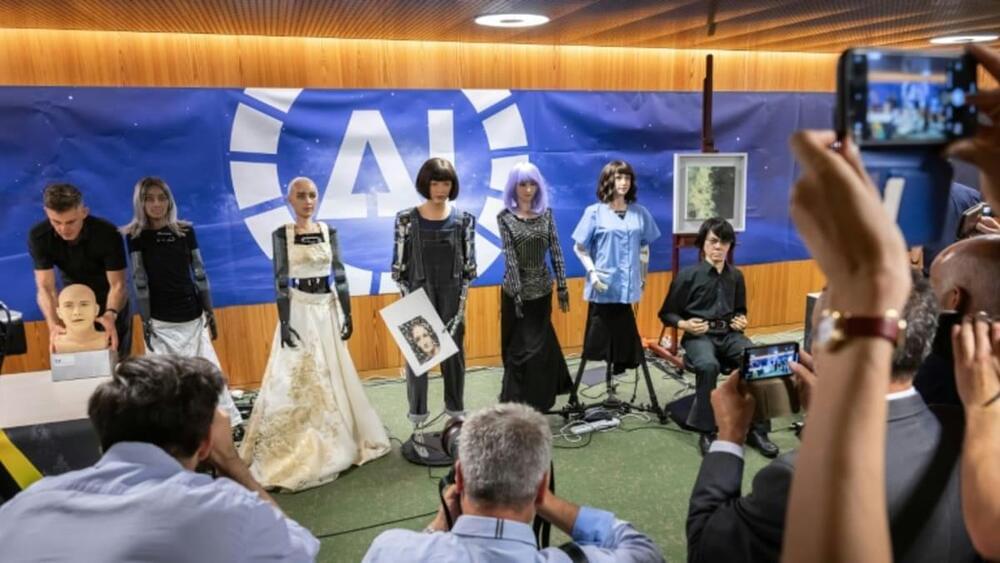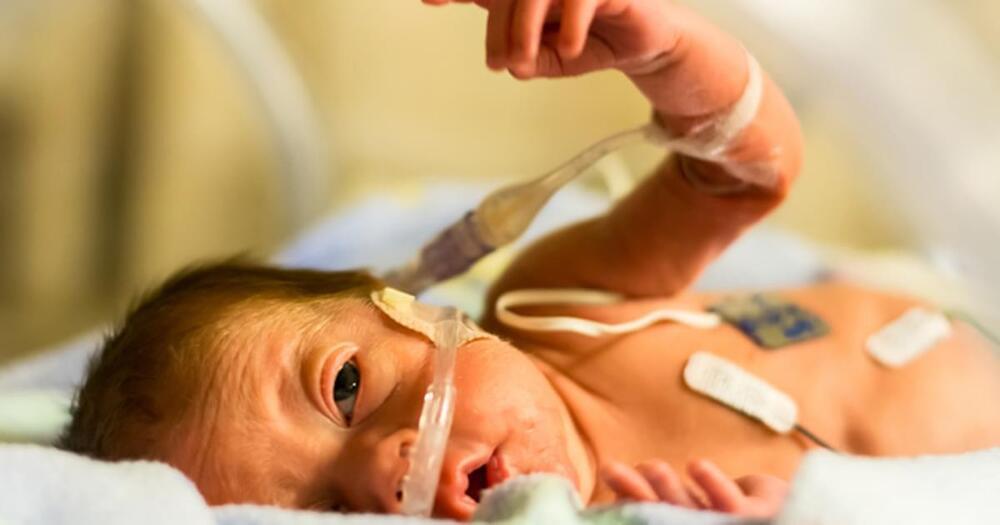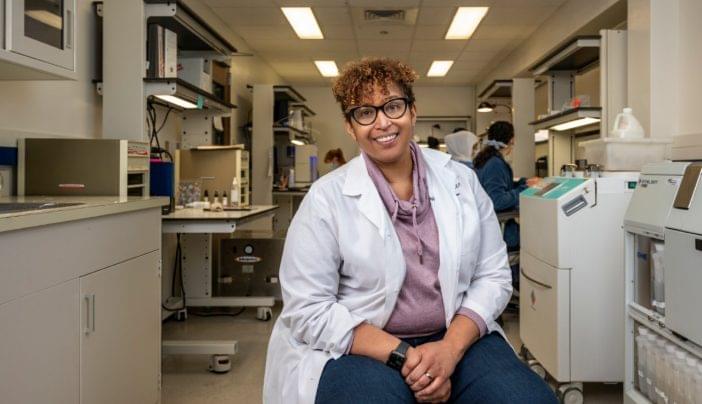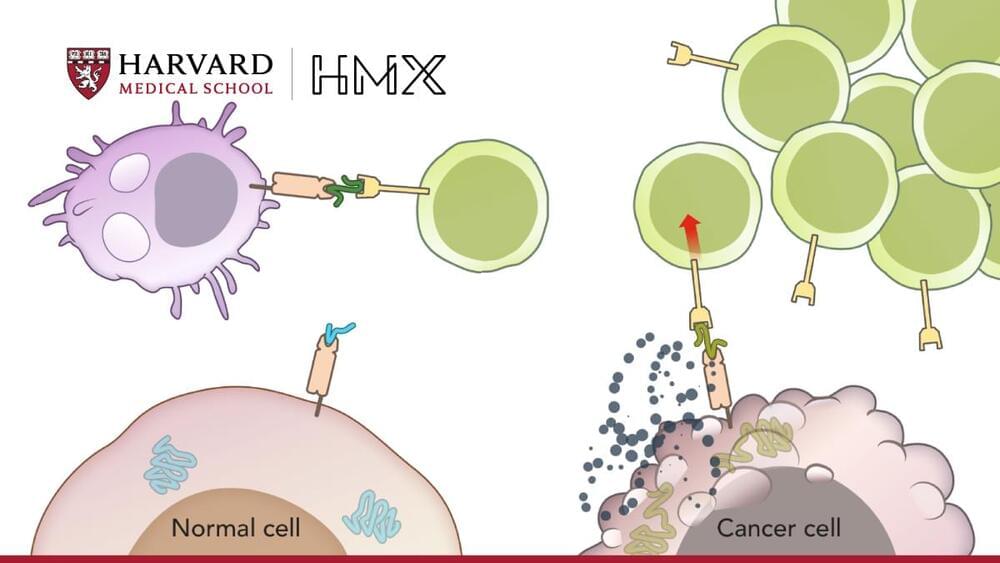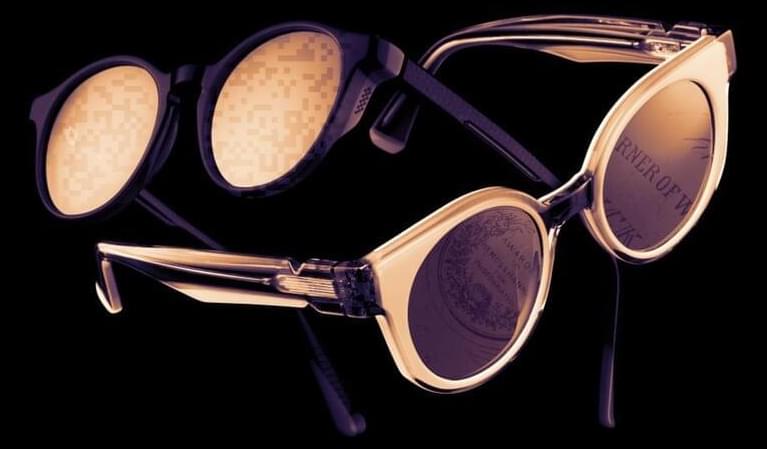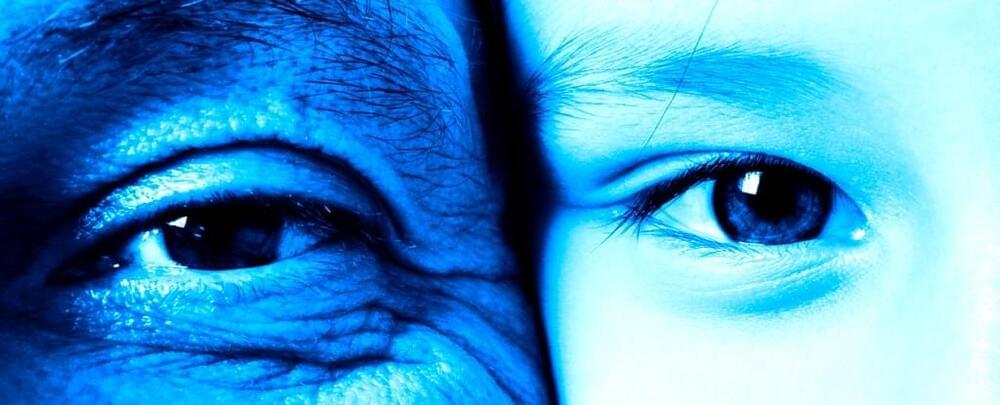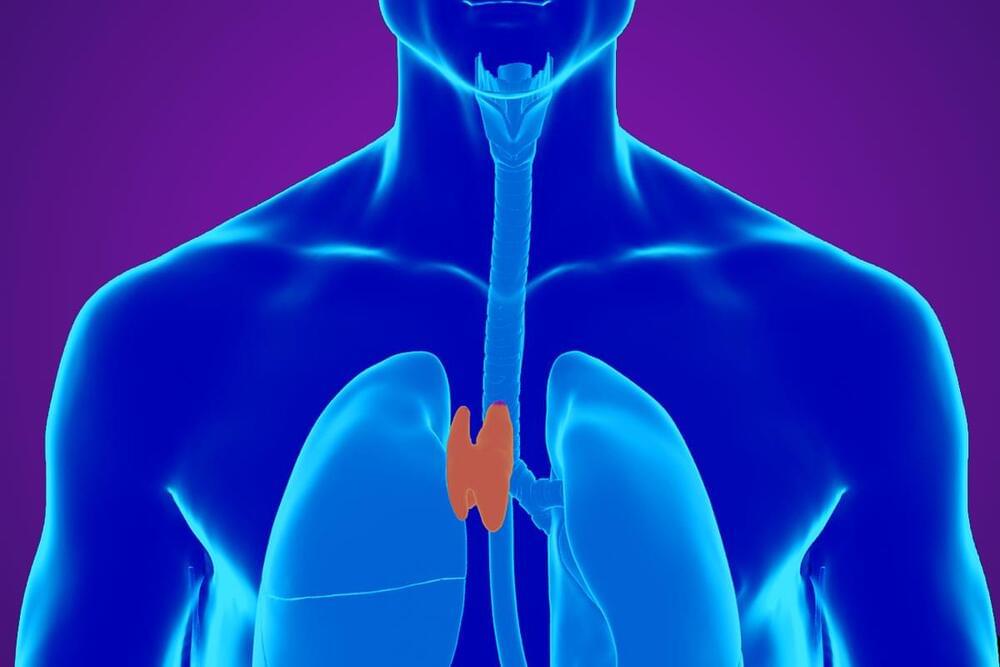GENEVA: A panel of AI-enabled humanoid robots took the microphone on Friday (Jul 7) at a United Nations conference with the message: They could eventually run the world better than humans.
But the social robots said they felt humans should proceed with caution when embracing the rapidly-developing potential of artificial intelligence, and admitted that they cannot — yet — get a proper grip on human emotions.
Some of the most advanced humanoid robots were at the United Nations’ AI for Good Global Summit in Geneva, joining around 3,000 experts in the field to try to harness the power of AI and channel it into being used to solve some of the world’s most pressing problems, such as climate change, hunger and social care.
